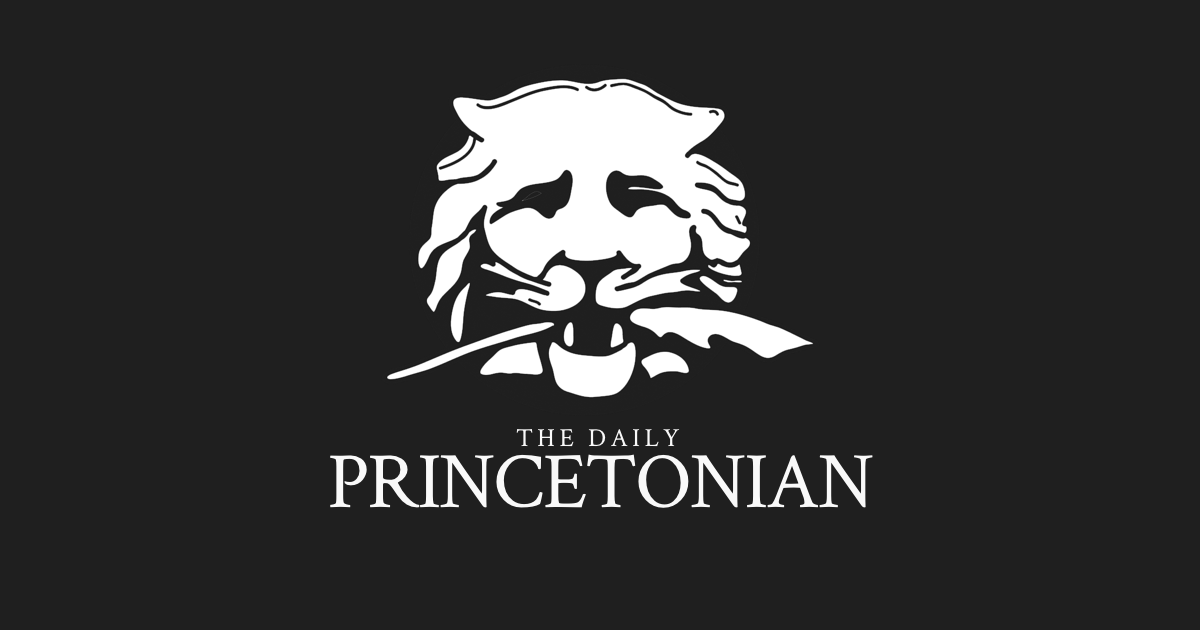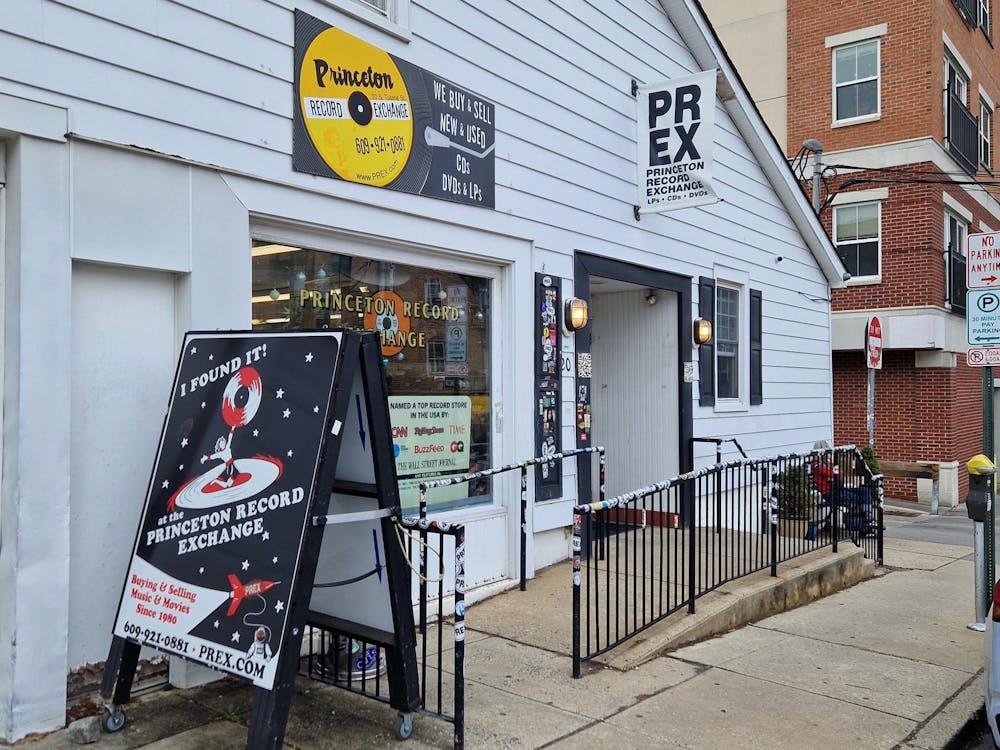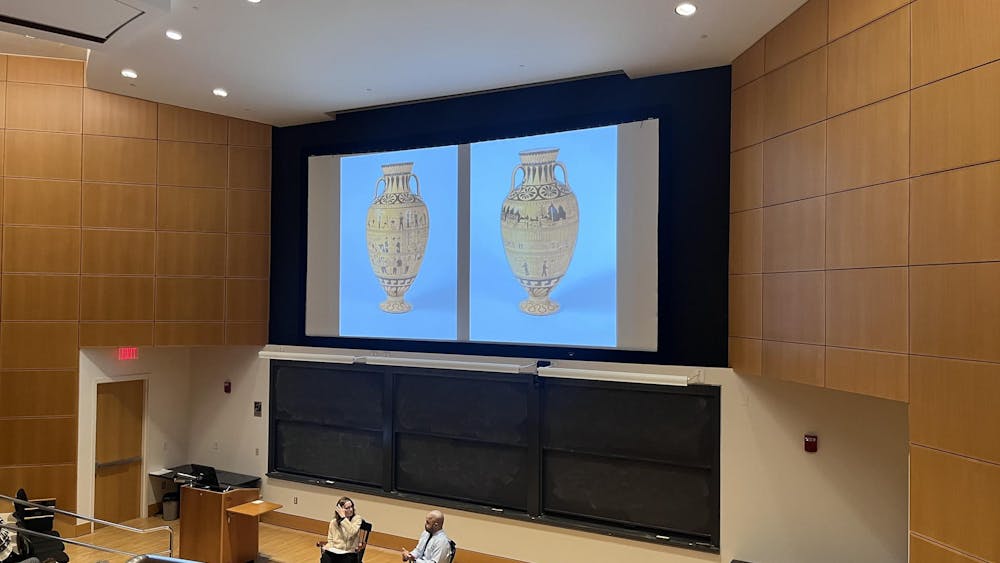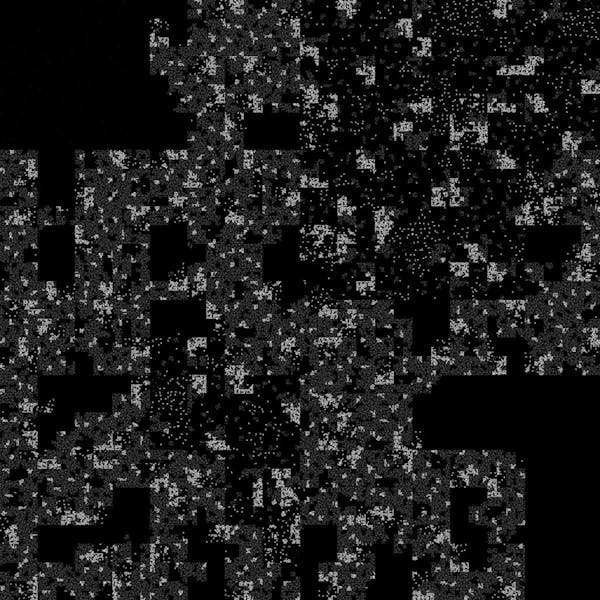## Where Science Sings and Art Speaks: Exploring the Symphony of Discovery
For centuries, science and art have danced a delicate waltz, each illuminating the other from across the chasm of perception. Now, at the “Art of Science Exhibition,” The Daily Princetonian unveils a stage where these seemingly disparate disciplines converge in a vibrant symphony of discovery. This isn’t just about pretty pictures under a microscope; it’s about the breathtaking beauty hidden within the intricate workings of the universe, the poetic narratives woven into the fabric of research, and the human narratives that drive both science and art.

The Final Selection: A Diverse Range of Art Pieces

The Art of Science Exhibition features a diverse range of art pieces, including still images and animations, that represent a wide variety of scientific topics. The chosen artwork pieces run the full gamut of science, from electron microscopy images to astrophotography images, computer modeling images, and wildlife photography.
The exhibition showcases approximately 33 two-dimensional still images and roughly a dozen animations, highlighting the intersection of art and science. The ratio of still images to animations is roughly three-quarters to one-quarter, providing a diverse range of artistic and scientific expressions.

The Art and Science of Under-Extrusion: A Case Study
The Science Behind the Art
The project by Lauren Dreier GS and postdoc Tom Marzin investigates the phenomenon of under-extrusion in 3D printing. Under-extrusion occurs when the 3D printer prints less filament than intended, resulting in a disordered structure. However, in this project, the disorder is intentional, as the team purposely supplies too little material to affect the structure of the printed tower.
The team is trying to understand the physics behind under-extrusion, specifically how the regular patterns emerge from the mess created by under-extrusion. As Marzin explained, “I was intentionally trying to mess up the printing, to fail the printing, because I’m basically tuning in the wrong way my printer. So the printer is not supposed to do that. And despite that … we try to create a mess, and the physics or the science try to correct it by trying to match somehow a sort of regular pattern; regular patterns appear in the mess.”

The Intersection of Art and Physics
The artistic approach of Dreier and Marzin’s project reveals new insights into the underlying physics of under-extrusion. By intentionally creating a disordered structure, they are able to observe and analyze the regular patterns that emerge from the mess. This approach provides a unique perspective on the scientific process and highlights the potential for interdisciplinary collaboration between art and science.
Implications and Future Research Directions
The project by Dreier and Marzin has potential applications in the field of 3D printing. The understanding of under-extrusion can lead to improvements in the printing process, resulting in more efficient and effective production. Furthermore, this project highlights the potential for further research opportunities, such as exploring the physics behind under-extrusion in different materials and printing techniques.
Implications and Insights: What the Art of Science Exhibition Reveals
Breaking Down Disciplinary Boundaries
The Art of Science Exhibition highlights the potential for interdisciplinary collaboration and understanding between art and science. By featuring a diverse range of art pieces that represent a wide variety of scientific topics, the exhibition showcases the potential for art and science to inform and enrich each other.
New Perspectives on Scientific Inquiry
The Art of Science Exhibition provides fresh insights into the scientific process and its role in shaping our understanding of the world. By featuring artistic approaches to scientific inquiry, the exhibition highlights the potential for art to reveal new perspectives on scientific inquiry and to provide a unique perspective on the scientific process.
The Future of the Art of Science Exhibition
The Art of Science Exhibition has the potential to continue to grow and showcase the intersection of art and science. With its biennial format, the exhibition provides a platform for artists and scientists to come together and share their work, leading to new insights and discoveries.
Conclusion
Conclusion: Blurring the Lines Between Art and Science
As we conclude our coverage of the “Art of Science” exhibition at The Daily Princetonian, it is clear that the event has left a lasting impact on our understanding of the intersection of creativity and innovation. The exhibition, which brought together artists, scientists, and engineers from diverse backgrounds, showcased the power of interdisciplinary collaboration and the beauty of scientific inquiry. Through the display of intricate installations, stunning visuals, and thought-provoking concepts, the exhibition highlighted the commonalities between art and science, demonstrating that both disciplines rely on observation, experimentation, and a deep understanding of the human experience.
The significance of this exhibition lies in its challenge to traditional notions of art and science as separate and distinct entities. By merging ways of thinking, the exhibition demonstrated that creativity and innovation know no boundaries, and that the most significant breakthroughs often arise from the intersection of art and science. This realization has far-reaching implications, as it encourages us to rethink our approaches to problem-solving, to value interdisciplinary collaboration, and to harness the power of imagination and experimentation to drive progress. As we move forward, we can expect to see more innovative applications of art and science in fields such as medicine, technology, and education, leading to a more sustainable, equitable, and just society.
As we reflect on the “Art of Science” exhibition, we are reminded that the boundaries between art and science are not fixed, but rather a dynamic and ever-changing interface. By embracing this fluidity, we can unlock new possibilities for creativity, innovation, and progress. As we look to the future, we ask: what will be the next frontier of art and science collaboration? How will we harness the power of imagination and experimentation to tackle the complex challenges of our time? The answer, much like the exhibition itself, lies at the intersection of art and science, where the boundaries of possibility are waiting to be explored.
